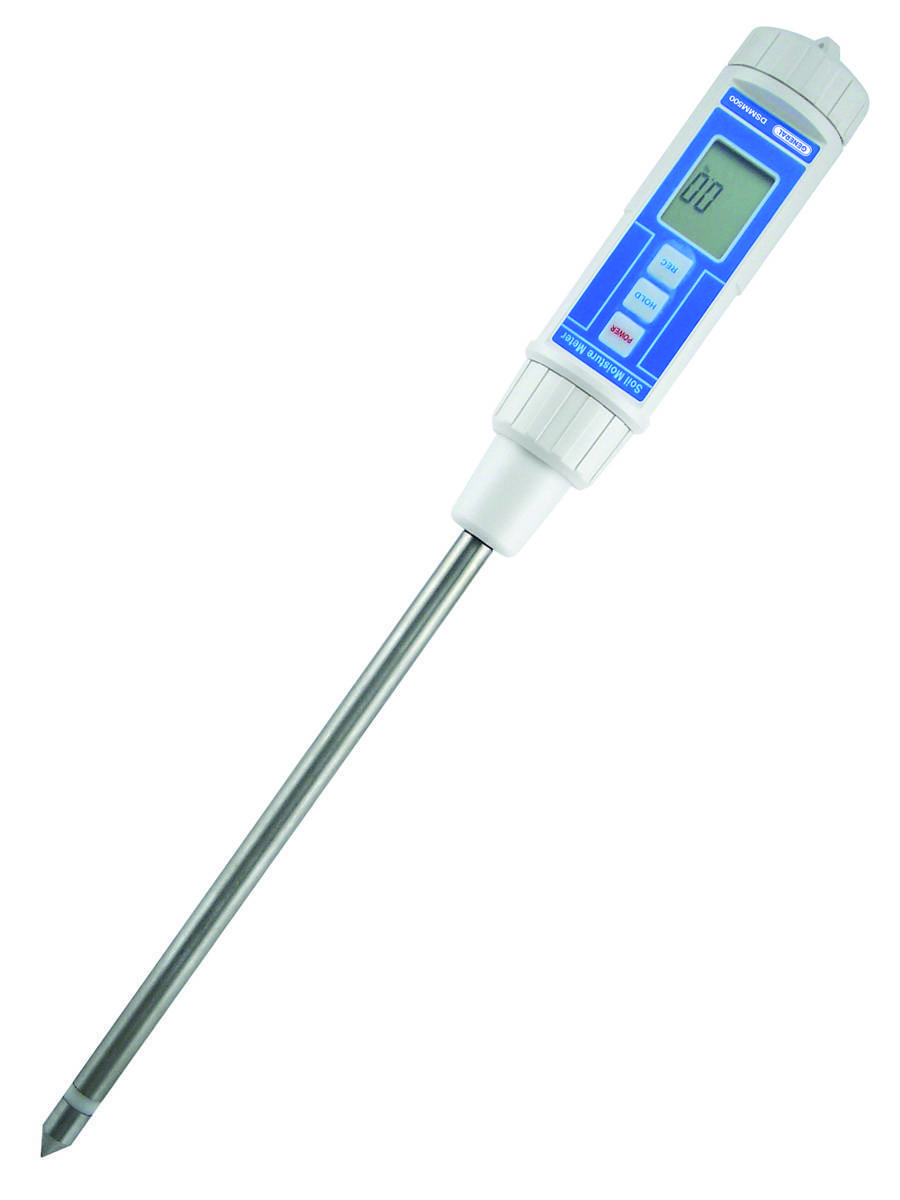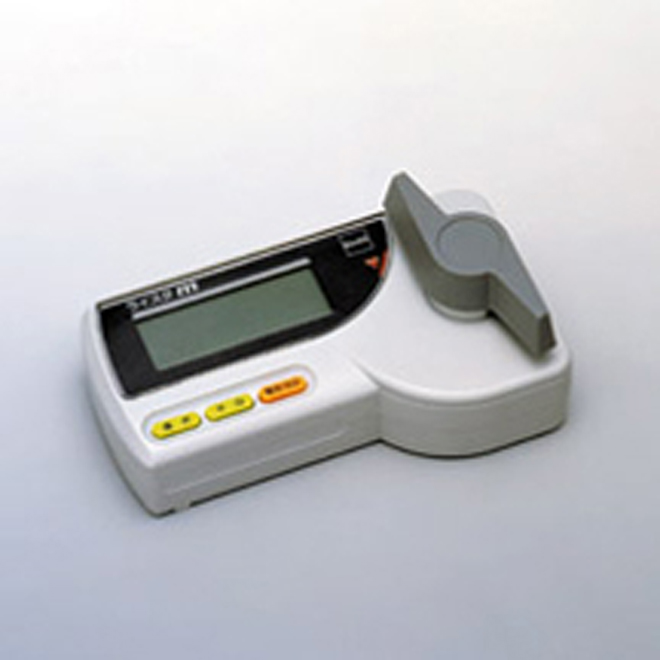Moisture Meter Buying Guide: What to Look for in High-Quality Instruments
Moisture Meter Buying Guide: What to Look for in High-Quality Instruments
Blog Article
Delve Into the Globe of Moisture Meters: Everything You Required to Know
In the world of dampness meters exists a world of precision and usefulness that typically goes undetected. These devices, while apparently simple, hold a wide range of details that can significantly influence different industries and applications. Recognizing exactly how moisture meters run, the various types available, and their varied usages can shed light on their importance in making sure high quality and performance. By checking out the ins and outs of wetness meters, one can discover a useful device that transcends mere dimension, providing understandings that can make a considerable distinction in numerous fields.
Exactly How Moisture Meters Job
Moisture meters operate by determining the electrical conductivity or capacitance of products to identify the moisture content present - Moisture Meter. These meters are important tools across various industries, including woodworking, agriculture, and building. By utilizing different methods such as pin-type or pinless technology, wetness meters supply precise readings that assist experts make notified decisions
Pin-type moisture meters function by putting the sharp pins into the product being examined. On the various other hand, pinless wetness meters utilize electromagnetic signals to check a bigger area without triggering any kind of damage to the material's surface.
Regardless of the approach used, wetness meters play a crucial duty in preventing issues such as mold growth, architectural damages, or product flaws caused by excess wetness. Comprehending just how these meters job is crucial for making certain the high quality and integrity of materials in numerous applications.
Sorts Of Dampness Meters
Given the crucial role wetness meters play in numerous industries, it is important to understand the different types offered to experts for accurately evaluating moisture levels. There are mostly 2 primary types of wetness meters: pinless and pin-type dampness meters.
Pin-type dampness meters make use of 2 pins that are put right into the product being tested to gauge the electric resistance in between them. This technique is commonly made use of for wood, drywall, and other structure materials. Pin-type meters offer specific analyses at specific depths, making them optimal for recognizing moisture slopes.
On the other hand, pinless moisture meters utilize electromagnetic sensing unit plates to check a larger area of the material without triggering any damages. This kind appropriates for rapidly scanning big areas and is frequently used for floor covering, walls, and ceilings. Pinless meters are hassle-free for taking analyses on finished surfaces without leaving any visible marks.
Both kinds of dampness meters have their advantages and are selected based on the details needs of the task handy. Comprehending the differences between these types is essential for specialists to make accurate wetness evaluations.
Applications Across Industries
With diverse performances, wetness meters find extensive application across numerous sectors, aiding professionals in guaranteeing optimum conditions for materials and frameworks. In the farming field, wetness meters are important for determining the dampness material in grains, seeds, and hay, making sure top quality control and avoiding mold development. Construction specialists rely upon dampness meters to assess the dampness degrees in building products like drywall, wood, my latest blog post and concrete, which is crucial for keeping structural stability and protecting against concerns like rot or mold and mildew. The floor covering market uses dampness meters to determine the moisture material in subfloors prior to installing various flooring, avoiding pricey damages because of excess dampness. Moreover, in the food sector, dampness meters are made use of to keep an eye on and regulate moisture levels in products such as grains, nuts, and dried out fruits to keep freshness and high quality. In addition, moisture meters play a crucial role in the remediation and damage control market by aiding professionals resolve and recognize water damage in structures immediately. Throughout these varied industries, dampness meters are important devices for making sure the quality, security, and durability of different products and items.
Tips for Making Use Of Dampness Meters
When gauging the dampness content in various products,Make use of the wetness meter's calibration setups to ensure exact analyses. Calibration is essential for the appropriate performance of a dampness meter. Before each usage, it is a good idea to check and change the calibration settings according to the particular material being tested. In addition, make certain the meter is readied to the appropriate dampness array for the product you are gauging to acquire one of the most accurate results.

When utilizing a pin-type dampness meter, insert the pins to the suitable depth suggested for the material being examined. This guarantees that the wetness analyses are extracted from the proper deepness within the product, supplying a more exact depiction of its moisture material. For pinless dampness meters, keep in mind to maintain proper contact with the product's surface area to obtain trusted readings.

Routinely examine and change the batteries in your dampness meter to stop inaccurate analyses because of reduced power. Store the meter in a dry and secure location when not being used to prolong its lifespan and keep its precision. By complying with these pointers, you can optimize the performance of your moisture meter and get precise wetness material measurements across different materials.

Upkeep and Calibration
To make sure the accuracy of moisture material dimensions, normal upkeep and calibration of the dampness meter are necessary action in its correct performance. Maintenance includes maintaining the wetness meter clean and cost-free from debris that can affect its analyses. It is essential to follow the supplier's guidelines for cleaning up to stop damage to the gadget. Furthermore, normal calibration is required Bonuses to verify the accuracy of the analyses. Calibration adjusts the moisture meter to ensure that it gives regular and reliable outcomes.
Calibration ought to be carried out periodically, particularly if the dampness meter is used regularly or in crucial applications where specific measurements are called for. By keeping find more and adjusting the dampness meter consistently, individuals can trust the accuracy of the wetness content dimensions acquired.
Verdict
Finally, dampness meters play a crucial duty in numerous markets by properly measuring the moisture content of materials. Comprehending just how these devices work, the various kinds readily available, and appropriate upkeep and calibration are necessary for acquiring dependable results. Whether in construction, farming, or production, using wetness meters aids guarantee high quality control and efficiency in processes.
Construction professionals rely on moisture meters to assess the dampness degrees in structure materials like concrete, timber, and drywall, which is essential for keeping architectural honesty and stopping problems like rot or mold. The flooring industry uses wetness meters to measure the wetness content in subfloors prior to installing numerous flooring treatments, stopping pricey damages due to excess wetness.Make use of the moisture meter's calibration settings to guarantee exact readings when determining the moisture material in various materials. By following these suggestions, you can optimize the performance of your moisture meter and obtain specific dampness web content dimensions across various materials.
In verdict, wetness meters play an important function in various sectors by precisely gauging the wetness content of products.
Report this page